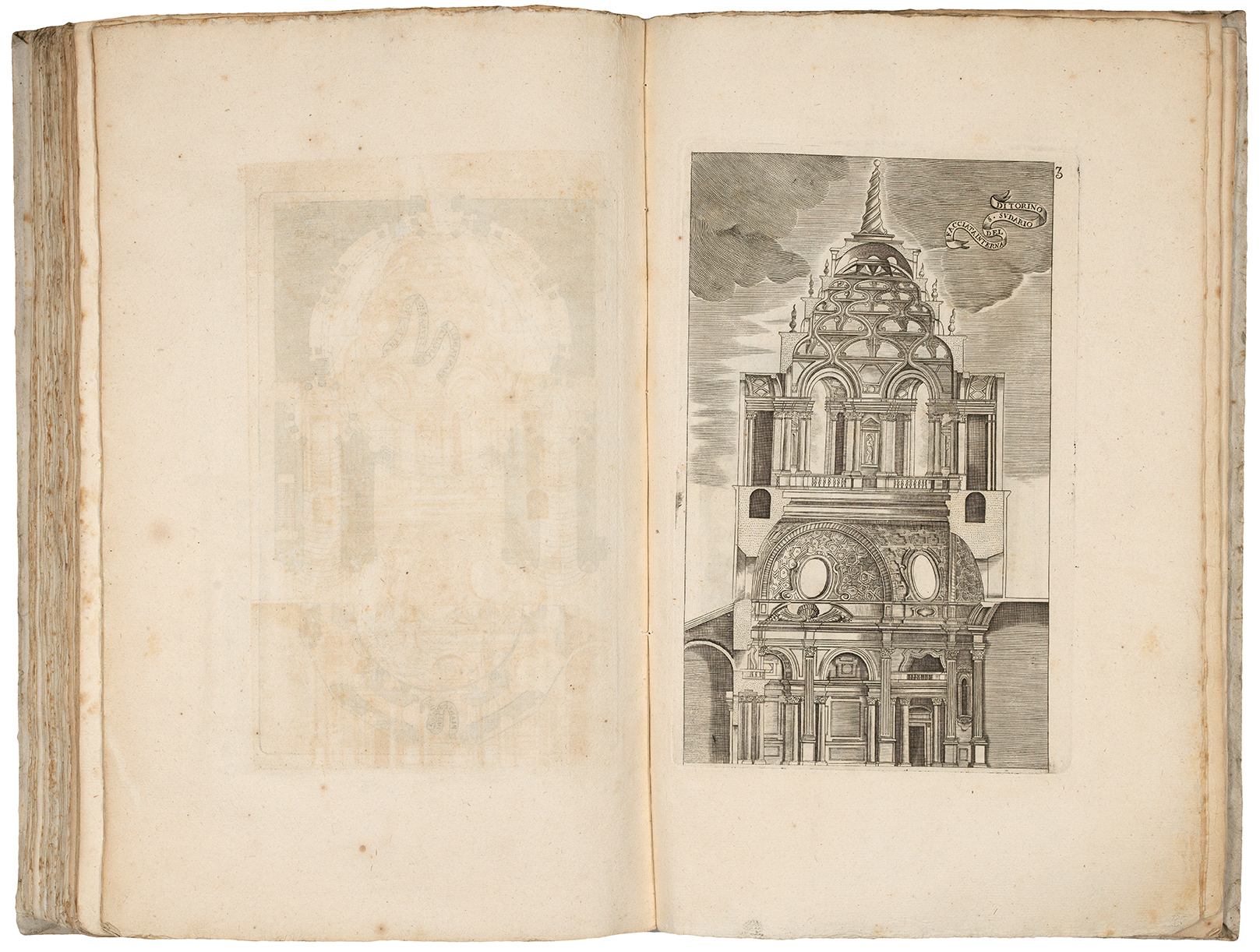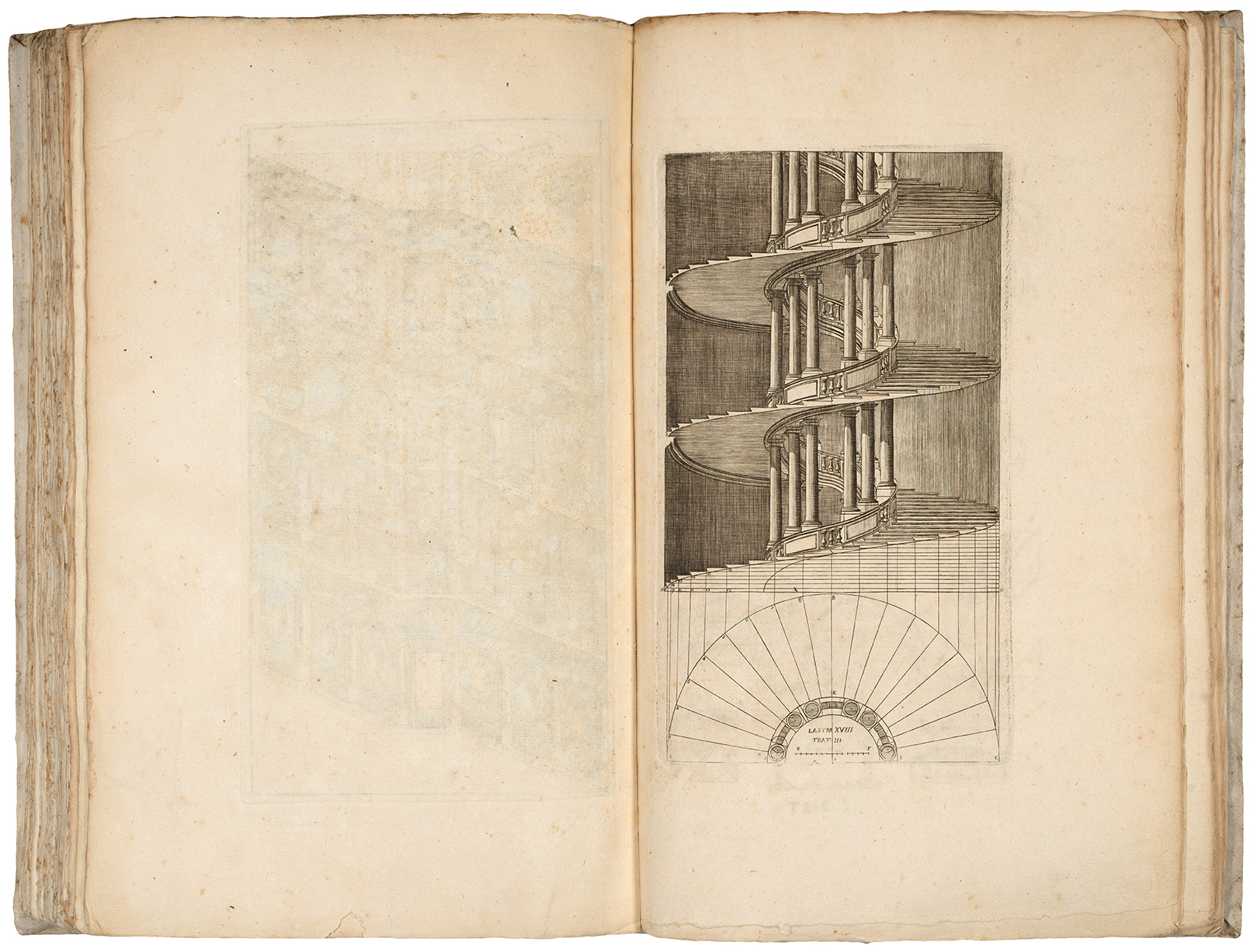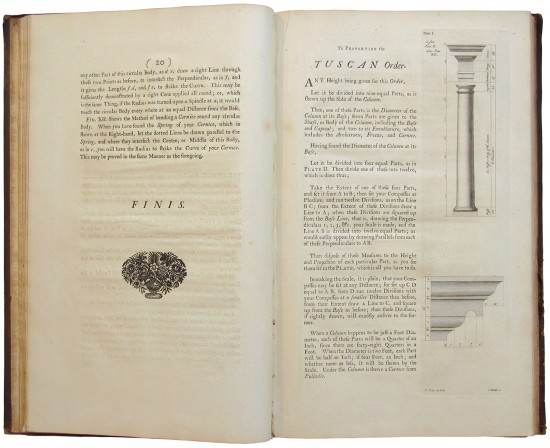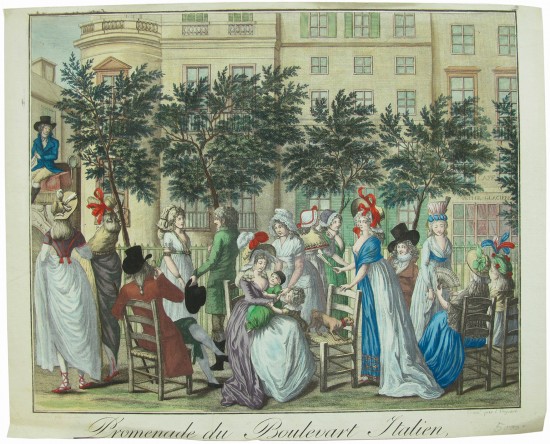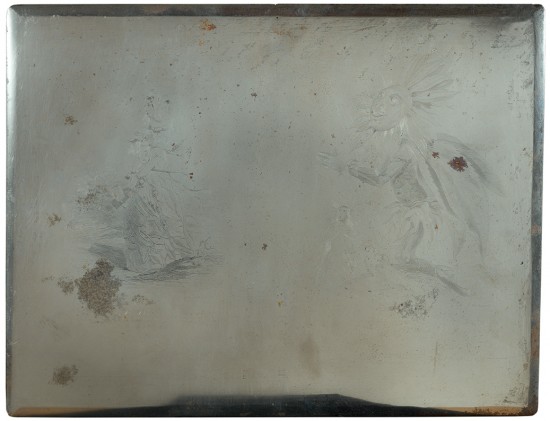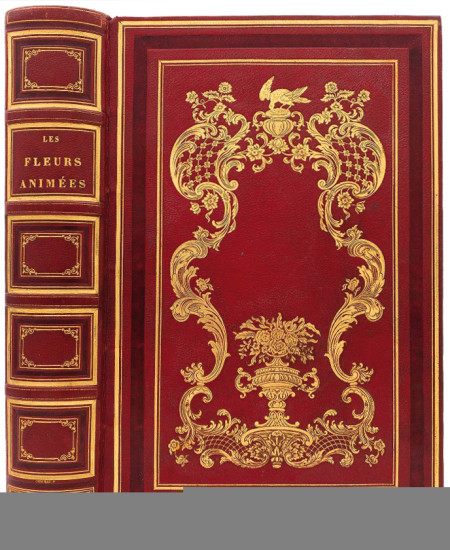Architettura Civile
Guarini, Guarino
Turin. Appresso Gianfrancesco Mairesse all'Insegna di Santa Teresa di Gesu'. 1737
The scarce definitive and complete edition of Guarino Guarini's innovative practical and theoretical treatise.
Guarino Guarini (1624 - 1683) was long considered one of the most important Italian contributors to Baroque architecture and was bracketed with Francesco Borromini, but subsequent analysis and study has attributed to him a rather more innovative and distinguished position. Although a number of the plates in the present work were issued in the late seventeenth-century (his 'Disegni d'Architettura Civile ed Ecclesiastica' was published posthumously in 1686 with 44 plates), the text, on which Guarini had worked for the final fifteen years of his life, was not published and appears here for the first time, edited by Guarini's pupil Bernardo Vittone.
Although Guarini's text displays significant erudition - it has been praised for its originality, coherence, clarity and perspicacity - Guarini's buildings were criticised extensively in the eighteenth-century (Francesco Milizia, for example, describes Guarini's 'Porta di Po' as 'poisonous to the eye'). Later nineteenth-century analysts, commencing with Luigi Cibrario and Cornelius Gurlitt, found Guarini novel, ambitious and most of all, successful in his architectural achievements and a truly creative innovator unafraid to break or modify the inherited classical tradition. As stated in the Millard catalogue (see pp. 178 - 183 for extensive analysis): 'Like Claude Perrault, Guarini believed that architecture can correct the rules of antiquity and invent new ones.'
'Opera divise in cinque trattati dell'Architettura in generale: dell'Iconografia, dell'Ortografia elevata, dell'Ortografia gettata, della Geodesia.' (Cicognara).
'Guarini (1624 - 1683), the central figure in North Italian Baroque architecture in the second half of the 18th century, was active mainly in Turin and its neighbourhood but was also responsible for buildings in Paris, Lisbon and elsewhere, and had a profound influence in Germany. Unfortunately many of his important works have been destroyed and are now only known in detail from these engravings which include all his known designs. This book, edited by his pupil and former follower Bernardino Vittone, is therefore of primary importance in an assessment of Guarini's architectural genius ... The writing is notable for the balance struck between the new rationalism of the time and mathematical mysticism. More than a third of the text is concerned with complex and novel planal geometry, while there is also a most perspicacious analysis of the differences between classical and gothic styles.' (Weinreb).
[Fowler 150; Millard 50; Cicognara 526; Weinreb 40:175 / 51:279; Govi 232].
Guarino Guarini (1624 - 1683) was long considered one of the most important Italian contributors to Baroque architecture and was bracketed with Francesco Borromini, but subsequent analysis and study has attributed to him a rather more innovative and distinguished position. Although a number of the plates in the present work were issued in the late seventeenth-century (his 'Disegni d'Architettura Civile ed Ecclesiastica' was published posthumously in 1686 with 44 plates), the text, on which Guarini had worked for the final fifteen years of his life, was not published and appears here for the first time, edited by Guarini's pupil Bernardo Vittone.
Although Guarini's text displays significant erudition - it has been praised for its originality, coherence, clarity and perspicacity - Guarini's buildings were criticised extensively in the eighteenth-century (Francesco Milizia, for example, describes Guarini's 'Porta di Po' as 'poisonous to the eye'). Later nineteenth-century analysts, commencing with Luigi Cibrario and Cornelius Gurlitt, found Guarini novel, ambitious and most of all, successful in his architectural achievements and a truly creative innovator unafraid to break or modify the inherited classical tradition. As stated in the Millard catalogue (see pp. 178 - 183 for extensive analysis): 'Like Claude Perrault, Guarini believed that architecture can correct the rules of antiquity and invent new ones.'
'Opera divise in cinque trattati dell'Architettura in generale: dell'Iconografia, dell'Ortografia elevata, dell'Ortografia gettata, della Geodesia.' (Cicognara).
'Guarini (1624 - 1683), the central figure in North Italian Baroque architecture in the second half of the 18th century, was active mainly in Turin and its neighbourhood but was also responsible for buildings in Paris, Lisbon and elsewhere, and had a profound influence in Germany. Unfortunately many of his important works have been destroyed and are now only known in detail from these engravings which include all his known designs. This book, edited by his pupil and former follower Bernardino Vittone, is therefore of primary importance in an assessment of Guarini's architectural genius ... The writing is notable for the balance struck between the new rationalism of the time and mathematical mysticism. More than a third of the text is concerned with complex and novel planal geometry, while there is also a most perspicacious analysis of the differences between classical and gothic styles.' (Weinreb).
[Fowler 150; Millard 50; Cicognara 526; Weinreb 40:175 / 51:279; Govi 232].
[158 leaves; pp. (viii), 307, (i)]. Folio. (420 x 260 mm). Engraved portrait frontispiece of Guarini, printed title with the woodcut arms of Savoy, dedication to Carlo Emmanuele, Duke of Savoy and King of Sardinia, leaf with preface, leaf with privilège, contents and Trattato I - Trattato V of Guarini's text illustrated with 79 engraved plates by Guarini, Giovanni Abbiati, Giovanni Fayneau et al., the plates divided per Trattato. Original publisher's thick limp paper wrappers.
#46121

